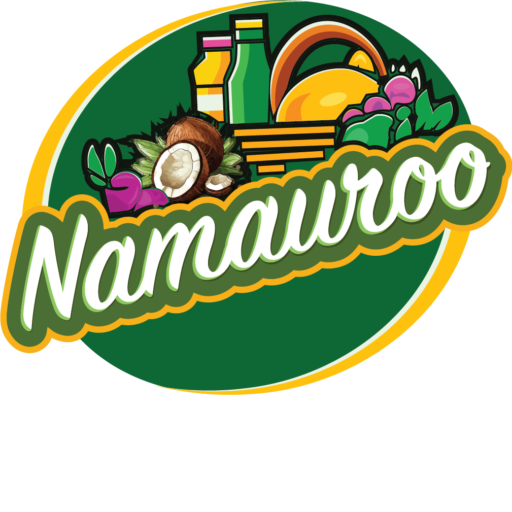Dry mango, also known as dried mango or mango slices, is a dehydrated form of fresh mango, where the moisture is removed to enhance preservation and create a concentrated, chewy snack. This delightful treat retains the sweet and tropical flavor of mango while offering a longer shelf life. Here’s an overview of dry mango:
Preparation: Dry mango is made by slicing fresh mangoes and subjecting them to a drying process. The most common method is sun-drying, where the mango slices are exposed to sunlight until the moisture content is significantly reduced. Alternatively, commercially produced dried mangoes may undergo dehydration in controlled environments to achieve the desired texture and flavor.
Flavor Profile: Dry mango maintains the sweet, fruity, and tropical taste characteristic of fresh mango. The drying process intensifies the sweetness and may impart a slightly chewy or leathery texture to the mango slices. Some variations may include additional flavorings or sweeteners to enhance the overall taste.
Nutritional Content: Dry mango retains many of the nutritional benefits of fresh mangoes, including vitamins, minerals, and antioxidants. While the drying process concentrates the natural sugars, it also reduces the water content, making dried mango a more energy-dense snack.
Health Benefits:
Culinary Uses:
Commercial Availability: Dry mango is widely available in grocery stores, health food stores, and online retailers. It can be found in various forms, including whole slices, diced pieces, or as an ingredient in trail mixes and snack blends.
Considerations: While dry mango is a nutritious and delicious snack, it’s essential to be mindful of portion sizes, especially if the dried mango contains added sugars. Additionally, individuals with sensitivities to sulfites, a common preservative used in some dried fruits, should check product labels.
In summary, dry mango offers a convenient and tasty way to enjoy the flavors and nutritional benefits of mangoes throughout the year. Whether enjoyed on its own or incorporated into various culinary creations, dried mango is a versatile and delightful addition to the world of dried fruits and snacks.
© 2023 . All Rights Reserved by Namauroo.



Reviews
There are no reviews yet.